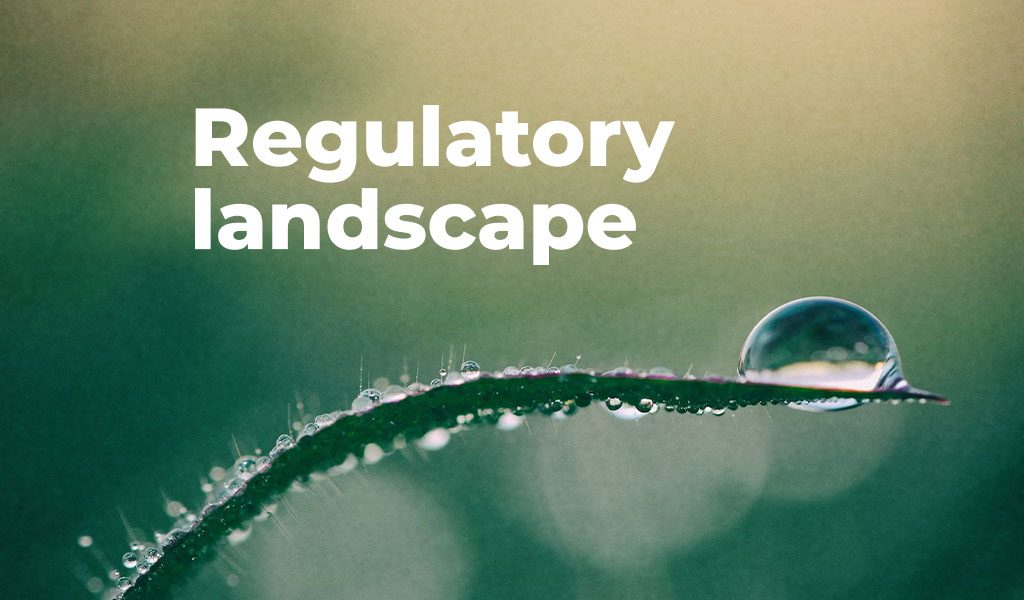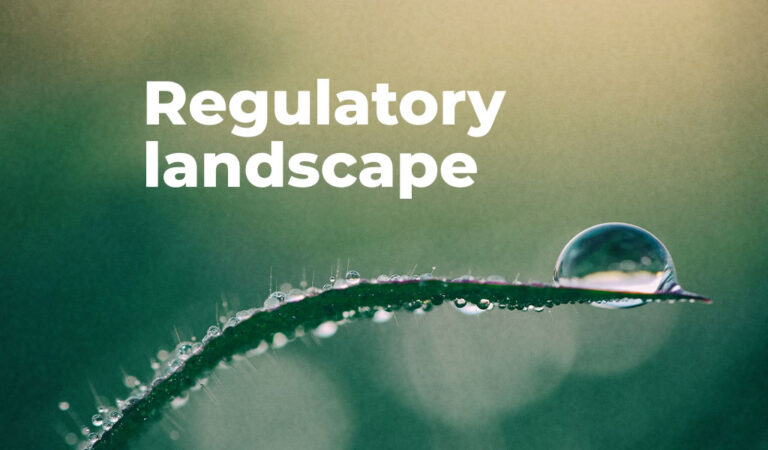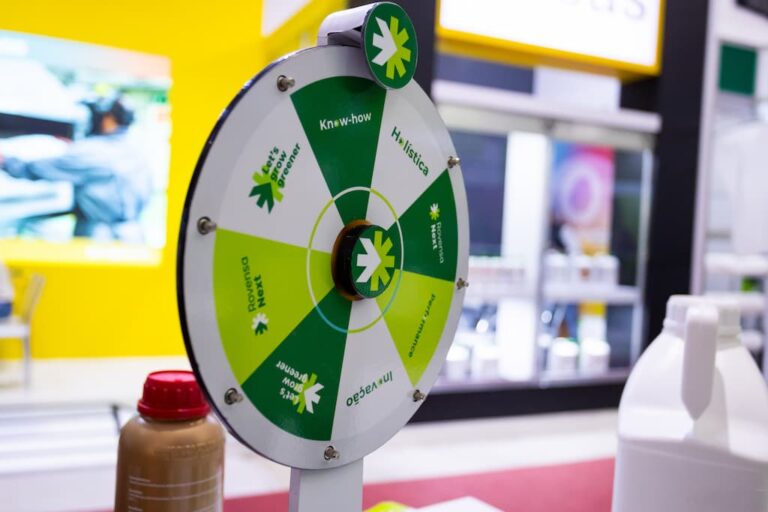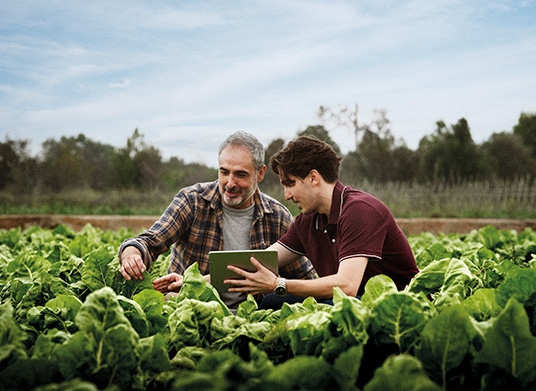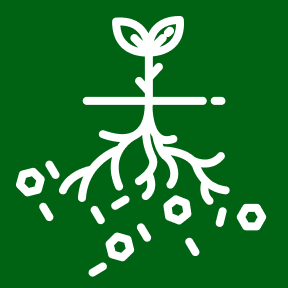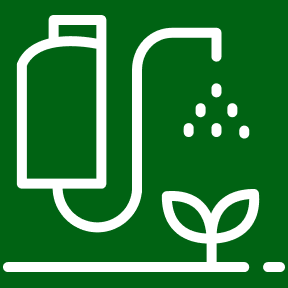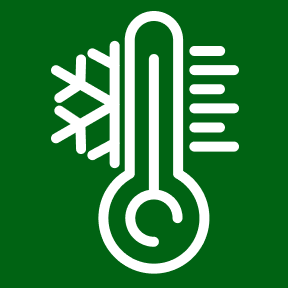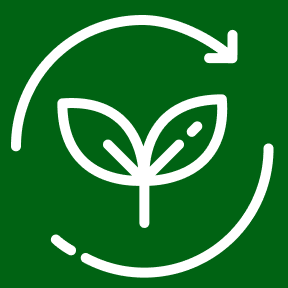Rovensa Next, a visionary global business unit comprising ten companies within the Rovensa Group (Agrichem Bio, Agrotechnologia, Idai Nature, Microquimica, MIP Agro, OGT, Oro Agri, Rodel, SDP, and Tradecorp), is committed to offering innovative biosolutions that help to drive a more sustainable agriculture.
With a mission to support farmers in nourishing the planet, Rovensa Next’s holistic platform of biosolutions answers the requirements laid out in local policies and regulatory frameworks to drive a biotransformation within the agricultural sector.
In this article, we delve into a comparative analysis of diverse regulatory and policy frameworks in key Rovensa Next markets from around the world, shedding light on how these measures align with and differ from the strict European Union (EU) standards, such as the EU Green Deal.
A global overview of key markets
EU Green Deal (EU): The European Union stands as a model for rigorous regulations and policies governing agriculture and food production. The central pillar of its regulatory framework to revert climate change and environmental degradation is the EU Green Deal. This package of policy initiatives aims to overcome European and global sustainability challenges and transform the EU into a modern, resource-efficient, and competitive economy. Approved in 2020, the Green Deal is set to have a visible impact on the way EU farmers manage their cropping systems from 2028 onwards, but we can already see some of these aspirational targets reflected in important policies and regulations such as the Common Agricultural Policy (CAP) and the Fertilising Products Regulation 2019/1009 (FPR). It has three key objectives: no net emissions of greenhouse gases by 2050, economic growth decoupled from resource use, and no person and no place left behind.
Farm Bill (USA): The United States’ Farm Bill serves as a comprehensive legislative instrument addressing a wide array of agricultural and food-related aspects. Covering aspects such as farm income protection, natural resource conservation, food safety, and agricultural trade promotion, the Farm Bill is renewed and revised by Congress every five years. While the U.S. regulatory framework may differ from the EU’s, both emphasise the importance of sustainable practices and the need to balance economic growth with environmental stewardship. The Farm Bill is up for renewal this year and it is still to be determined if it will include amendments that promote a more sustainable agriculture in the US.
Sustainable Canadian Agricultural Partnership (Canada): Canada’s agricultural policy is firmly rooted in sustainability, innovation, and profitability. The Sustainable Canadian Agricultural Partnership (CAP) focuses on 5 key priority areas: building sector capacity, growth and competitiveness, climate change and environment, science, research and innovation, market development and trade and resiliency and public trust. It was renewed this year for the 2023-2028 period. The alignment with EU standards is evident in the shared emphasis on sustainability, though nuanced differences may exist in implementation strategies.
Multifaceted approach (Brazil): One of the key elements of Brazil’s policy is its commitment to supporting family farming, reflected in its Program for Strengthening Family Farming (Pronaf). By providing access to agricultural credit, technical assistance, and food purchase programs, Brazil aims to enhance social inclusion and food security. While lacking a direct counterpart to the EU’s CAP, Brazil has developed an array of programs and regulatory frameworks, like Pronaf; the Rural Insurance Subsidy Program (PSR); the National Bio-Inputs Program (NBP),which is based on a new regulatory framework exclusively aimed at the registration of biological products; the Low Carbon Agriculture Program (ABC), which aims to promote sustainable production practices that result in low greenhouse gas emissions; and the National Policy on Agroecology and Organic Farming (PNAPO). These initiatives resonate with the global shift towards sustainable practices.
Enhancing irrigation efficiency and organic farming practices (India): India’s Pradhan Mantri Krishi Sinchai Yojana (PMKSY) and Paramparagat Krishi Vikas Yojana (PKVY) are two important agricultural schemes in the country. PMKSY prioritises water efficiency, production enhancement, and farmer livelihoods, while PKVY promotes organic farming practices to reduce the use of chemical inputs and promote sustainable agriculture. In particular, water management biosolutions, like Rovensa Next’s Transformer, or organic biostimulants like Biimore and Phylgreen, have the potential to play a key role in these policies that put water and nutrient-efficiency at the centre of crop management. With an integrated approach spanning water management – including investing in irrigation at the field level, expanding cultivable area under assured irrigation –, technology adoption, conservation, and the promotion of new farming practices, India’s efforts align with the global push for resource-efficient agriculture, which promotes the use of more sustainable solutions.
Subsidy and Price Protection Policies (China): China’s subsidies and price protection measures for agribusinesses showcase a commitment to food security and rural livelihoods. By supporting large grain producers and family farms and fostering agri-business enterprises, China’s policies contribute to both economic growth and sustainability. Furthermore, the subsidy policy in China has begun to prioritise sustainability in the agricultural practice of farmers. Although there is still no official sustainability regulation, the new food security strategy focuses on not only food quantity and current food supply, but also food quality and safety, and sustainable agricultural development. According to the OCDE, “China has decided to transform its food production strategy from yield growth to sound and sustainable development”.
Organic Certification and Regulatory Alignment
Organic certification is a key pillar in the realm of sustainable agriculture, often intersecting with existing regulatory frameworks, as it happens in Brazil with the PNAPO. By championing eco-friendly practices, social responsibility, and economic viability, organic standards echo the broader goals of sustainable farming. Globally, we have seen an increase in organic certifications over the last few years and it is expected that this will only increase. This means reduced synthetic inputs, enhanced soil health, and biodiversity conservation, which align with newer regulations aimed at sustainable agriculture and the industry’s shift towards championing environmentally-friendly solutions and food that is grown sustainably.
Rovensa Next’s dedication to sustainable agriculture is underscored by its alignment with these global regulatory frameworks. As a global entity, Rovensa Next leverages learnings from these diverse approaches to better understand the real challenges of growers around the world and introduce products that will help to drive the biotransformation of agriculture. Innovative solutions like Biimore (also sold as Vorax and Quikon) and PREV-Am exemplify Rovensa Next’s commitment to sustainability and its tangible impact on growers’ yields and profitability.
As the world navigates agricultural challenges, Rovensa Next stands at the forefront of sustainable innovation. By connecting its efforts to global regulatory frameworks, Rovensa Next is not only shaping a more responsible agricultural future but also driving visible change on a global scale. As its biosolutions continue to transform yields and sustainability practices, Rovensa Next exemplifies how collaborative action brings the best results.
Sources:
- WWF:
- The Conversation:
- Government of Brazil:
- Government of Canada:
- European Commission:
https://commission.europa.eu/strategy-and-policy/priorities-2019-2024/european-green-deal_en
- Government of India:
https://pmksy.gov.in/AboutPMKSY.aspx
https://pmksy.gov.in/pdflinks/Guidelines_English.pdf
- OCDE:
https://www.oecd-ilibrary.org/sites/9789264085299-8-en/index.html
- Thomson Reuters:
https://uk.practicallaw.thomsonreuters.com/0-603-8431

